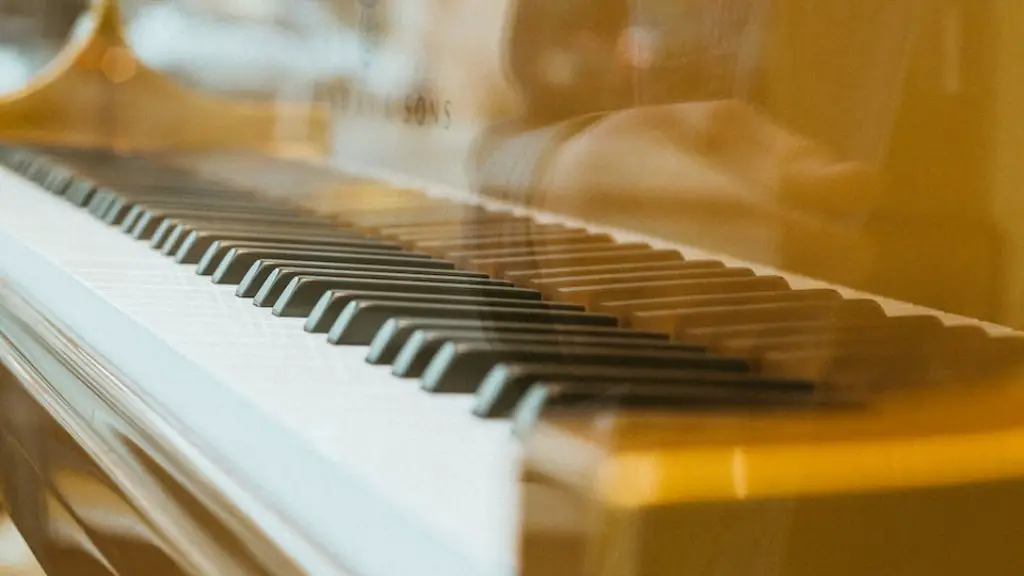Are you ready to take on the majestic beauty of the Grand Canyon? From expansive red clay walls to stunning desert overlooks, the views are breathtaking and offer a challenge to any budding artist looking to capture the grandeur of nature. Drawing the Grand Canyon may seem like an overwhelming task, but with a few simple tips, you can learn how to draw this beautiful destination.
The first step to drawing the Grand Canyon is understanding the layout of the area. You’ll need to familiarize yourself with the layout of the park, the major cliffs and plateaus, and the subtle differences among the many rock formations. To get a visual grasp of the area, take a look at some photos or videos of the canyon. This can help create a mental picture for you to draw from.
Next, it’s time to select your materials. While some artists prefer to work with traditional pencils and charcoal, others prefer to work digitally, using specialized software. Whichever method you choose, your canvas size should be large enough to capture the entire landscape of the canyon. You may also want to sketch some of the more detailed elements of the scene, such as individual rocks and other small objects, as a first step before completing the full picture.
As you start to draw the canyon, take care to include all of the important features. Look for areas of contrast to draw in – cliffs, caves, vibrant rock formations, and lush green foliage. You may also want to capture the stark emptiness of the desert, the subtle curves of the stone pathways, and the unique color of the soil. As you work, think about adding a few details to keep the image interesting, such as birds or animals in the distance.
Once you have an outline of the canyon, it’s time to add color. Here you have a few options. You can use a wide array of watercolors and other painting materials, or draw in a range of digital tools. Different types of media can help capture the beauty of the Grand Canyon in different ways. For example, a digital canvas offers a great way to add definition to rocks and the shadows of the canyon walls.
When adding color to your piece, consider the light and shadows of the canyon. For example, during an overcast day, the sky may lend a washed-out pallor to the art, while brighter days can help bring out the vivid reds and oranges of the canyon walls. Considering the light in the scene can help you create a richer and more impactful image.
When starting to draw the Grand Canyon, it can be helpful to practice recently on other canyons in the area. Drawing scenes that are less complex can help build confidence and allow you to practice the techniques that will eventually go into your final pieces. A few sessions of self-guided practice can go a long way towards making your Grand Canyon drawing a success.
Taking time to plan out your drawing is important. Consider the area you’re going to draw, the aspects of the canyon you want to capture, and the tools that you’ll need to create the masterpiece. Taking the time to plan lets you fully appreciate the beauty of the canyon and can help bring more depth to your drawing.
When you’re finally ready to draw the Grand Canyon, don’t be intimidated. With the help of the right materials, a little practice, and some planning, you’ll soon be admiring your amazing artwork. So take out your pencils and get ready to create an amazing rendition of the majestic Grand Canyon.
